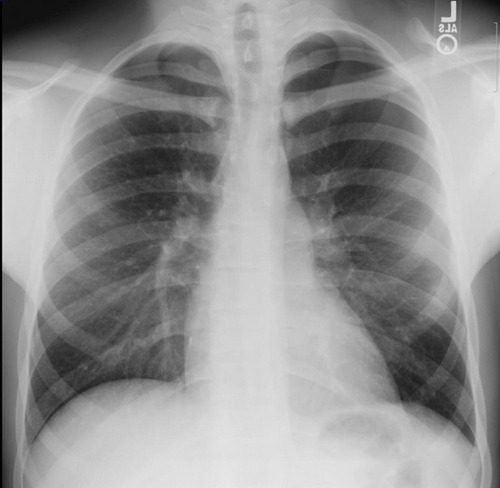A lot of people have been viewing and requesting this post recently.
Here’s a neat trick for finding hard to see rib fractures on standard chest xrays.
First, this is not for use with CT scans. Although chest CT is the “gold standard” for finding every possible rib fracture present, it should never be used for this. Rib fractures are generally diagnosed clinically, and they are managed clinically. There is little difference in the management principles of 1 vs 7 rib fractures. Pain management and pulmonary toilet are the mainstays, and having an exact count doesn’t matter. That’s why we don’t get rib detail xrays any more. We really don’t care. Would you deny these treatments in someone with focal chest wall pain and tenderness with no fractures seen on imaging studies? No. It’s still a fracture, even if you can’t see it.
So most rib fractures are identified using plain old chest xray. Sometimes they are obvious, as in the image of a flail chest below.

But sometimes, there are only a few and they are hard to distinguish, especially if the are located laterally. Have a look at this image:

There are rib fractures on the left side side on the posterolateral aspects of the 4th and 5th ribs. Unfortunately, these can get lost with all the other ribs, scapula, lung markings, etc.
Here’s the trick. Our eyes follow arches (think McDonald’s) better than all these crazy lines and curves on the standard chest xray. So tip the xray on its side and make those curves into nice arches, then let your eyes follow them naturally:

Much more obvious! In the old days, we could just manually flip the film to either side. Now you have to use the rotate buttons to properly position the digital image.
Final exam: click here to view a large digital image of a nearly normal chest xray. There is one subtle rib fracture. See if you can pick it out with this trick. You’ll have to save it so you can manipulate it with your own jpg viewer.
Related posts:


